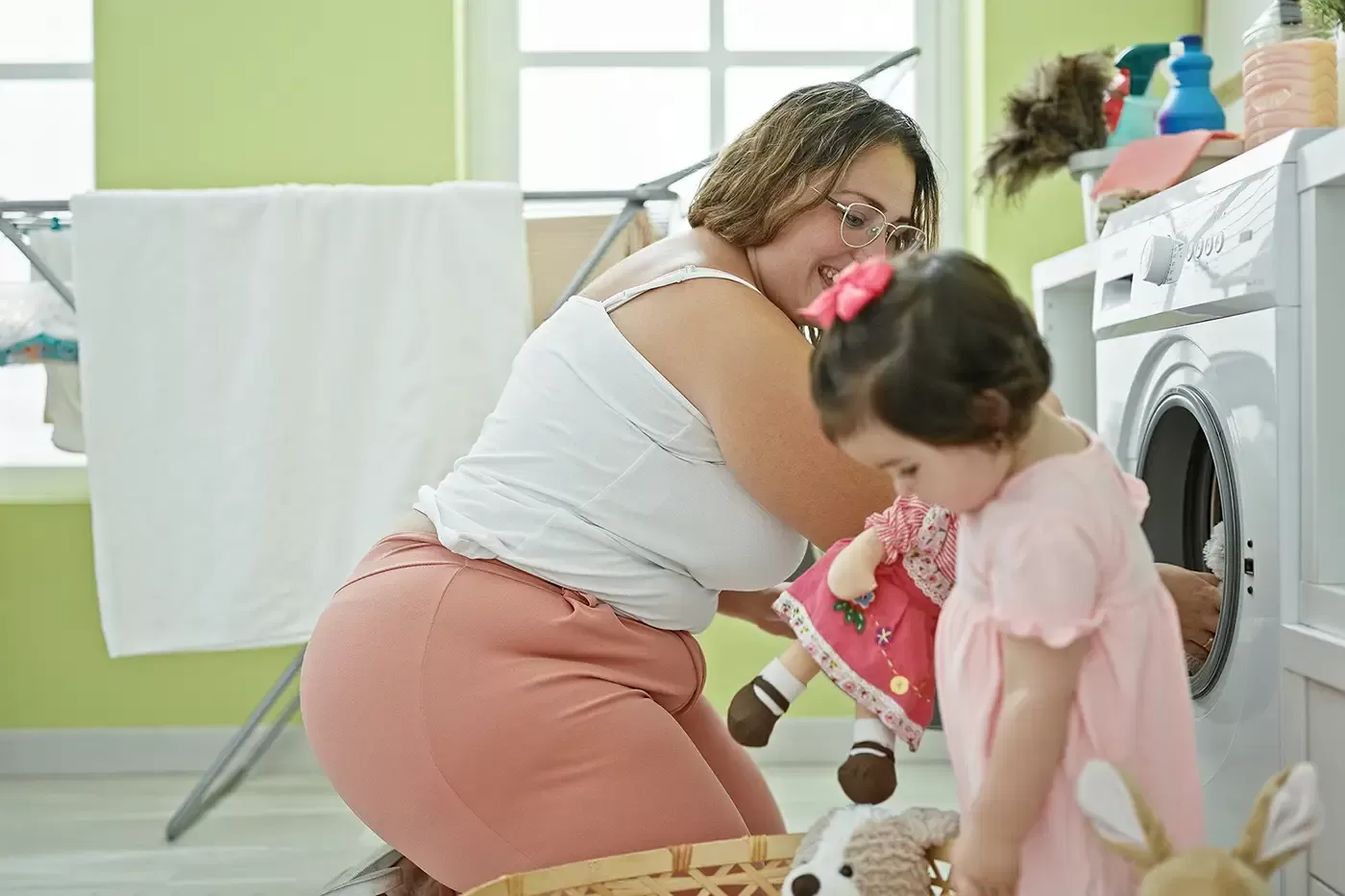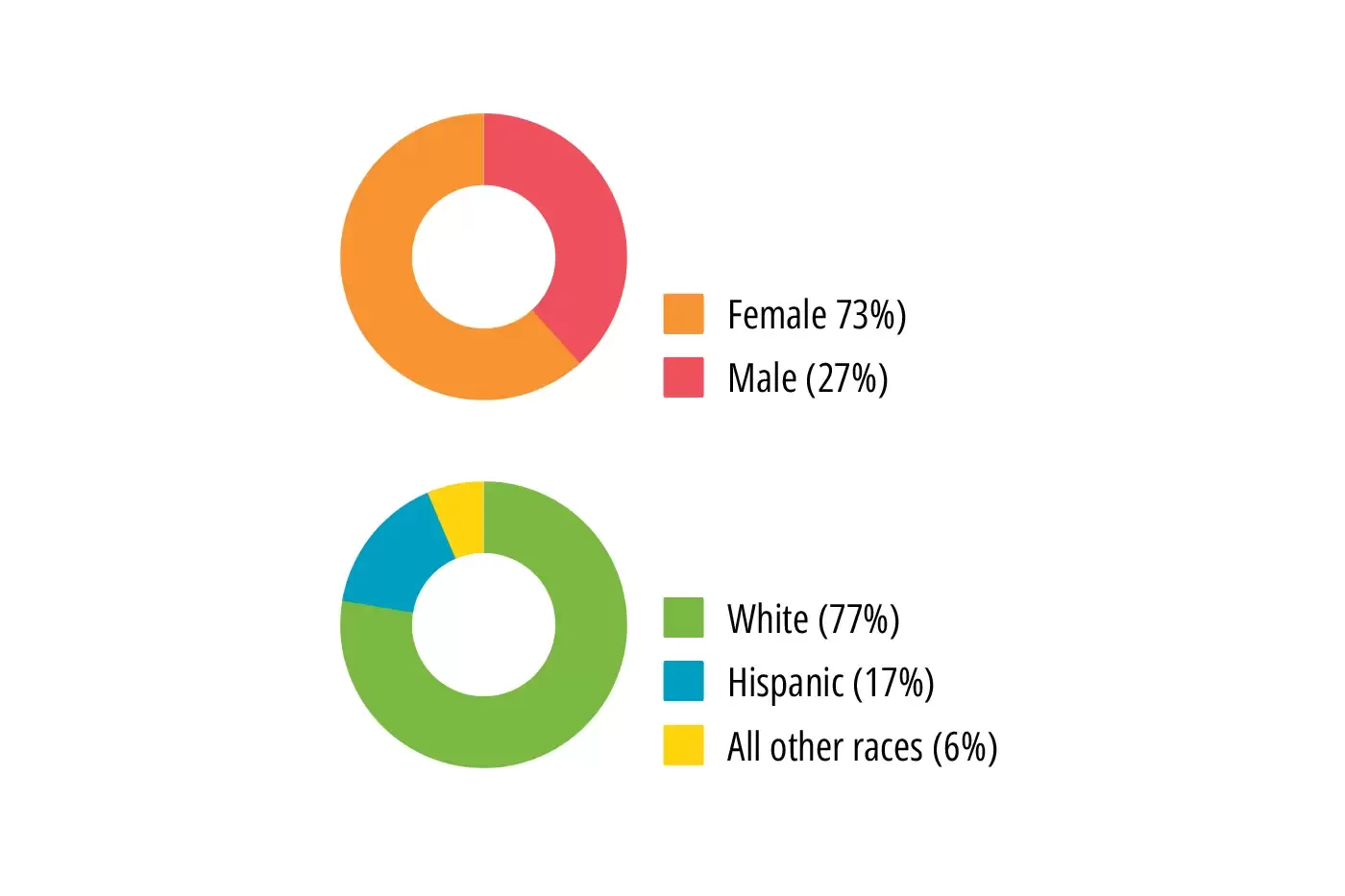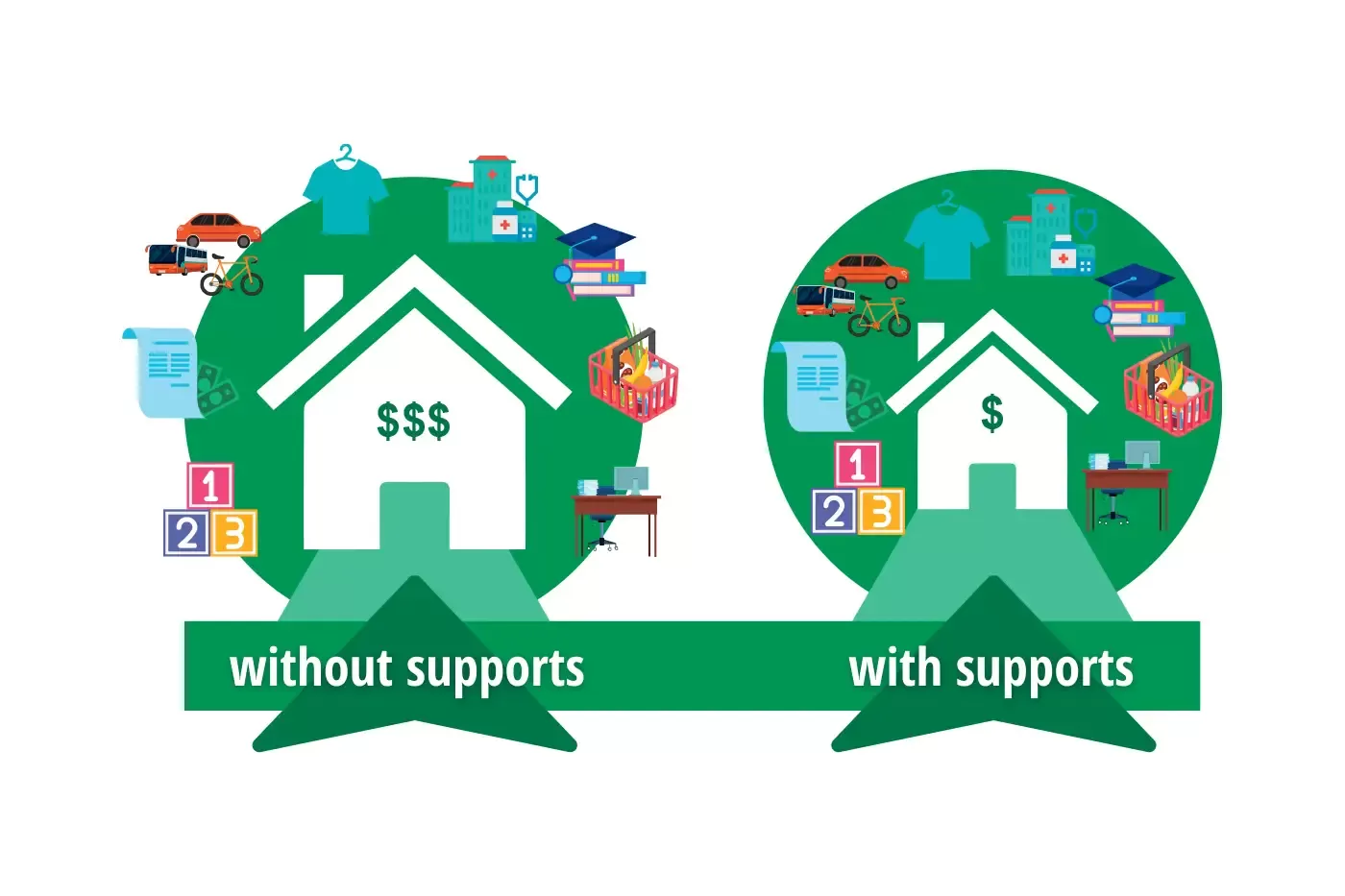The vast majority of people living in GJHA homes have household incomes at or below 50% of Area Median Income (AMI). By way of comparison, the federal Temporary Assistance for Needy Families (TANF) program, which provides cash assistance to very poor families, uses 185% of Federal Poverty Level (FPL) as the eligibility maximum.





